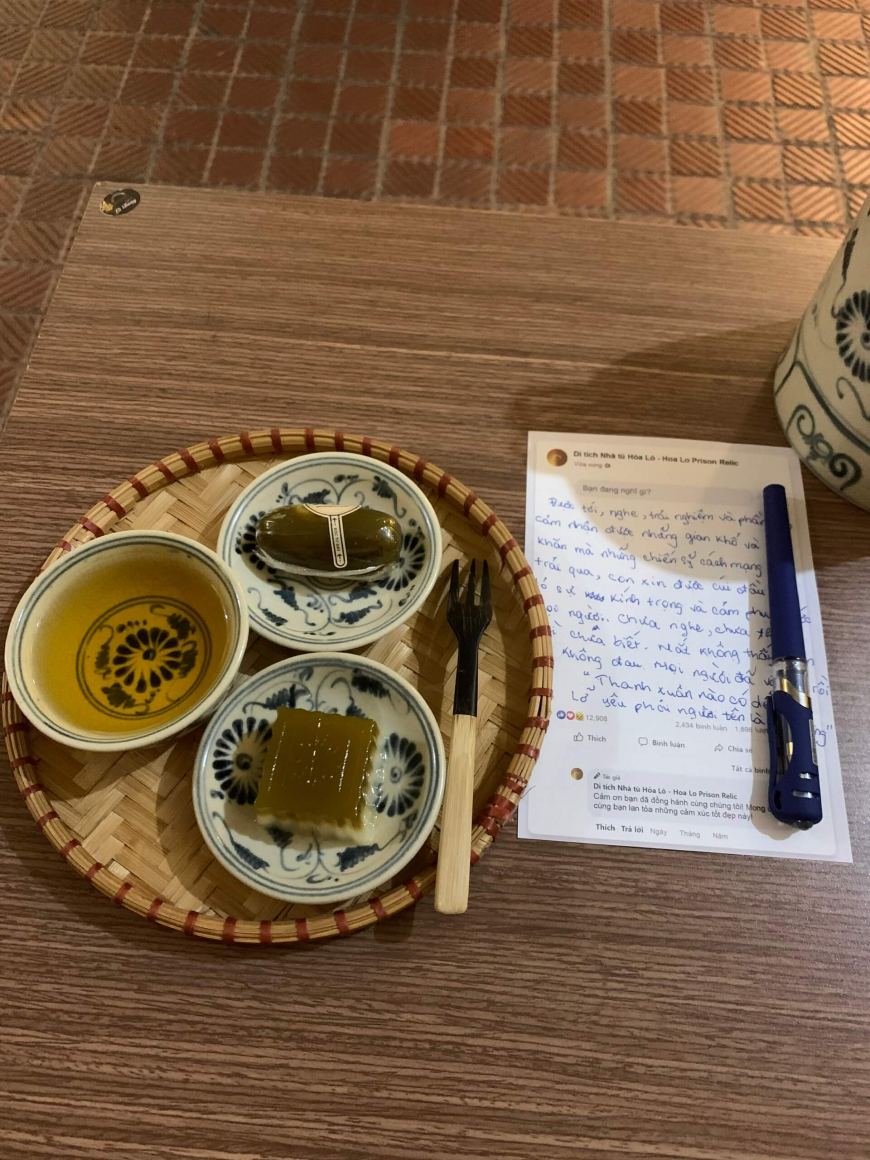With the recent advent of an immersive night tour, visitors are given a new window into Hanoi’s legendary Hoa Lo Prison which brings them closer to the experiences of its prisoners than ever before. Recognized as a historical monument by the Ministry of Culture, Sports, and Tourism in 1997, Hoa Lo is a prison with many names and many chapters in a story that has been interwoven with the fate of Vietnam since its construction.
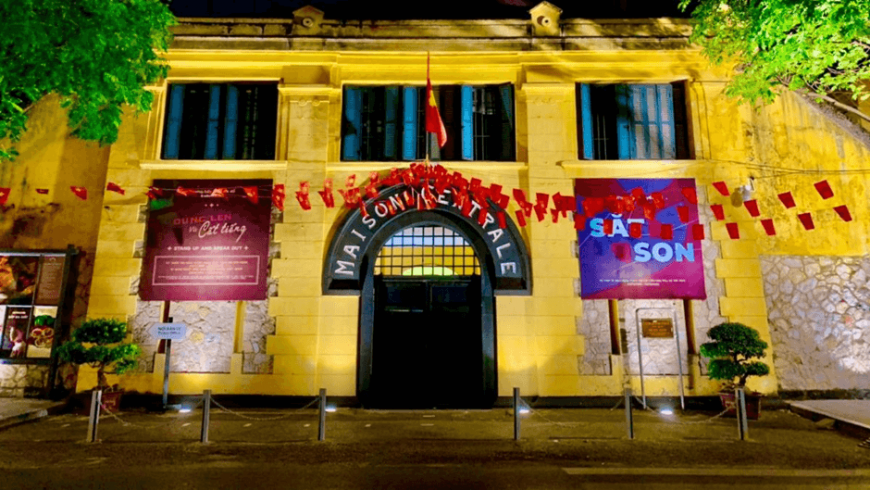
First built during the French Colonial Era and named “Maison Centrale”, it incarcerated Vietnamese revolutionaries and political dissidents, a crucible through which many leaders of the Vietnamese resistance passed. The name Hoa Lo, which translates as “stove,” “fire kiln,” or “fiery furnace” comes from a village name, specializing in making all kinds of casserole, portable earthen stove… later on being occupied by the French to build up the prison and court as being seen today. Now, the remaining structures of the prison have been converted into a museum, and the night tour “Sacred Night - Glorious Vietnamese Spirit” has given new life to its mission of preserving the history of this famous site.
Launched in July 2020, the tour runs on Friday, Saturday, and Sunday, starting from 7 PM and lasting 90 minutes. The main focus of both the museum and the night tour is on highlighting the experience of the Vietnamese revolutionaries incarcerated here during the French Colonial Era.
At the beginning of the tour, each visitor is given their own pair of headphones, allowing them to hear the guide’s instructions and be immersed in their own personal journey. After a general briefing on the history of Hoa Lo, visitors enter the gate, where they are shown a model reconstruction of the prison at its height. Past this point, the experience begins in earnest. The tour utilizes a carefully crafted landscape of lights and sounds to bring visitors inside the life of the prison, with dark lighting and ambient sounds creating a brooding, oppressive atmosphere. This gives visitors a small taste of the harsh conditions and suffering endured by the prisoners who would become Vietnamese national heroes, and a chance to marvel at their resilience and strong spirits.
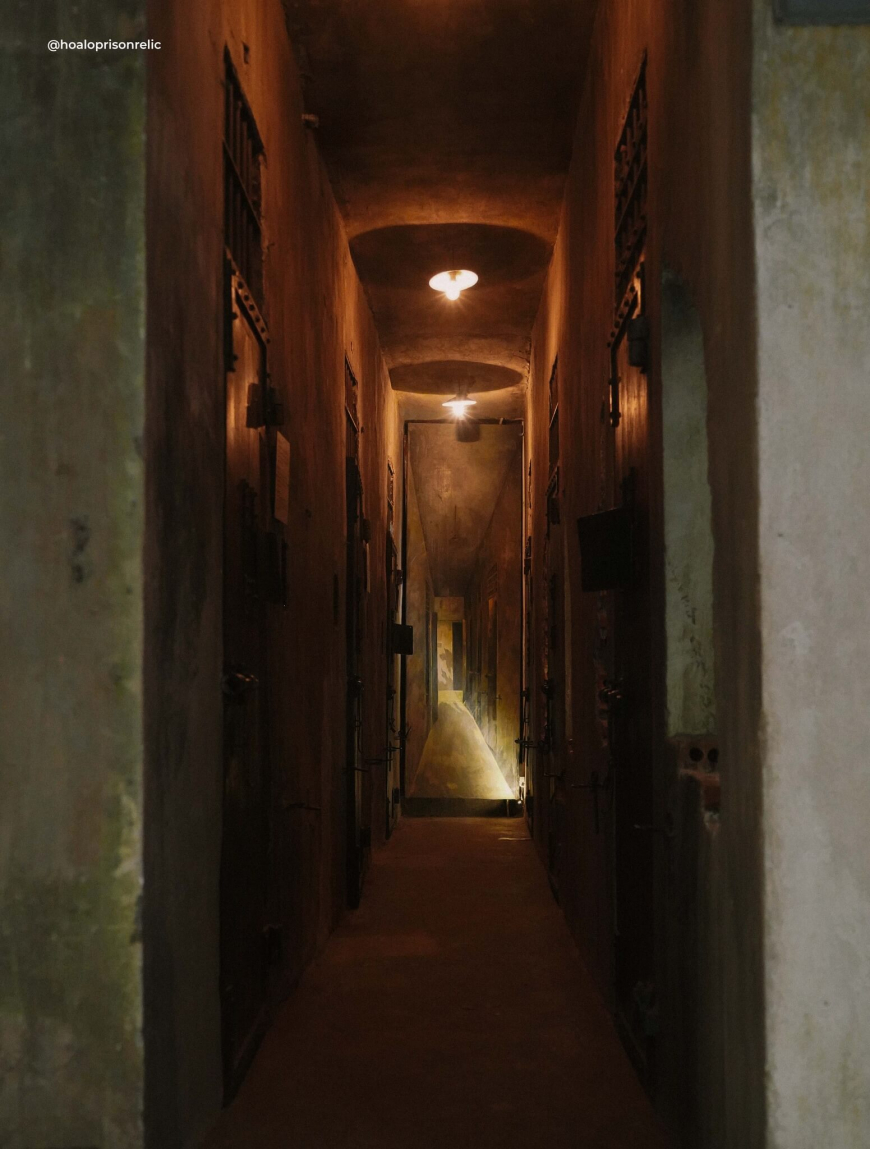
Source: Facebook - Di tích Nhà tù Hỏa Lò - Hoa Lo Prison Relic
Visitors are brought to the cell block for male prisoners, a single room of bare concrete with a bucket latrine in the corner, where prisoners were shackled in two rows on long slab tables. With only 15 minutes a day provided for them to move around and wash, this room may as well have been the entire world for the revolutionaries who spent their days bound at the ankle and sandwiched between their comrades. The room is filled with life-sized replicas of these prisoners, lit up by the only bright lights to be found, on whose ceramic faces the ravages of starvation and torture are evident.
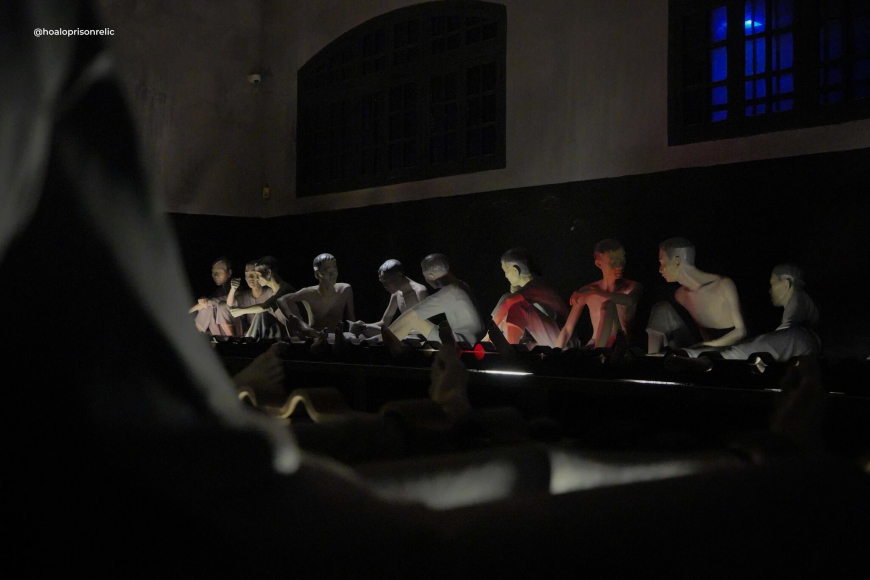
Source: Facebook - Di tích Nhà tù Hỏa Lò - Hoa Lo Prison Relic
This strength of will is further attested to by a series of escapes from the prison, the most famous of which has a special place in the tour. In 1951, 17 death-row prisoners cut through prison bars to escape through tunnels into the sewer. Upon exiting the sewer, they encountered a patrol of soldiers, and only 5 survived to join the resistance. Visitors on the night tour are given a chance to see the tunnels through which they escaped, complete with a replica of inmate Vo Duc Chinh cutting through the bars.
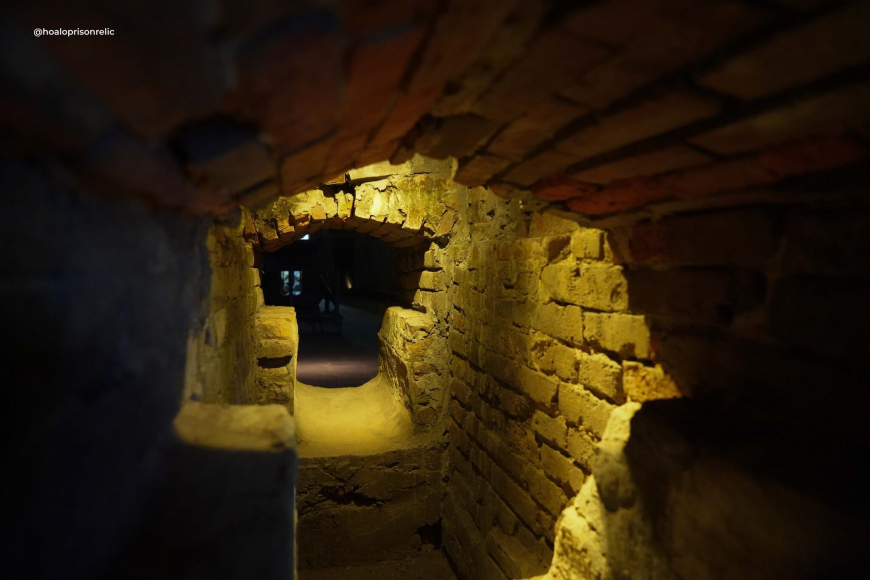
Source: Facebook - Di tích Nhà tù Hỏa Lò - Hoa Lo Prison Relic
Tourgoers will also visit the solitary confinement cells, where the most troublesome of prisoners were punished. In the female cell block, they are given a chance to learn about the life of martyr Nguyen Thi Quang Thai, the first wife of General Vo Nguyen Giap, who was held in prison until her death.
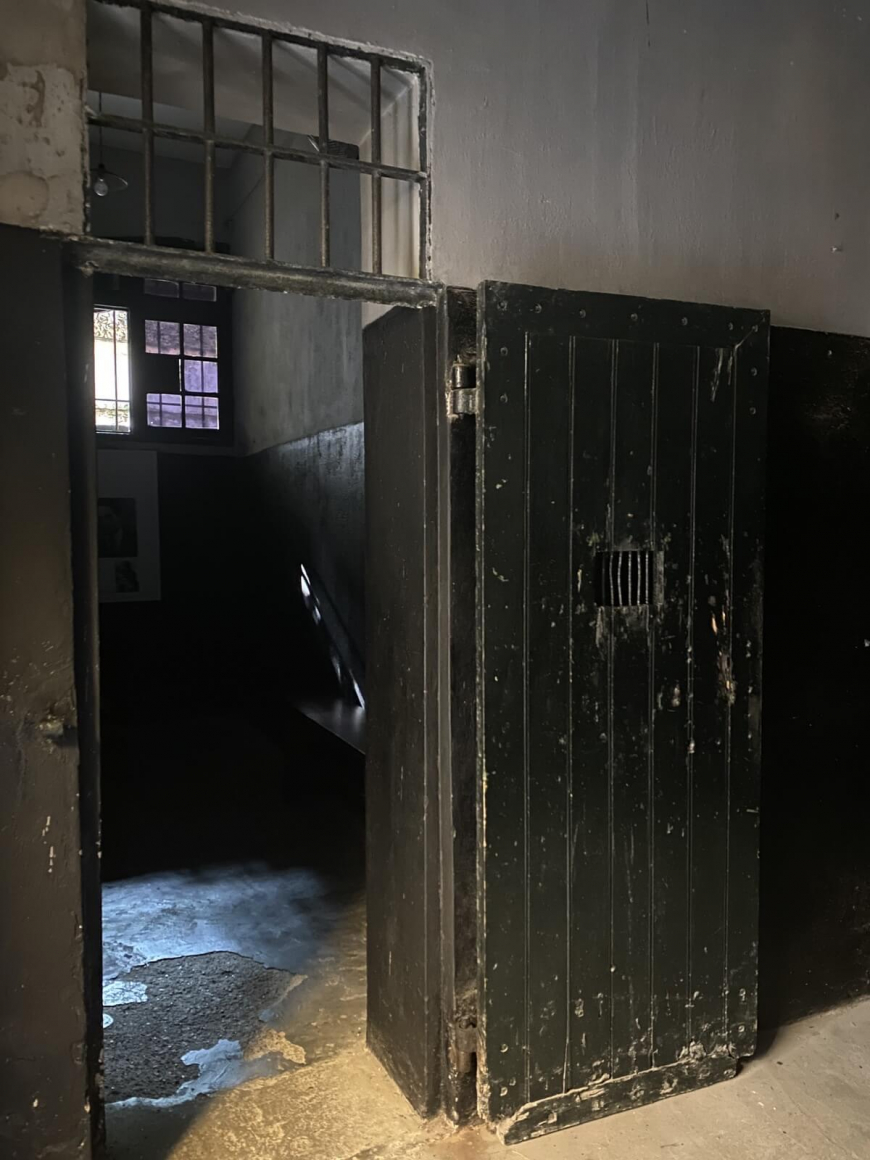
Source: Facebook - Di tích Nhà tù Hỏa Lò - Hoa Lo Prison Relic
It is with a feeling of relief that visitors will emerge from the darkness into the prison courtyard, where they are treated to the performance of a musical piece composed by famed musician and artist Do Nhuan to commemorate the prisoners of Hoa Lo. Other highlights of the tour include a preserved French guillotine used to execute inmates, and a tropical almond tree (Bang) from which prisoners gathered almonds, made medicine, and carved flutes and chopsticks. The final destination of the tour is a memorial space dedicated to the prisoners who sacrificed their lives for Vietnam, where visitors can offer incense and sit for a moment of silent contemplation.
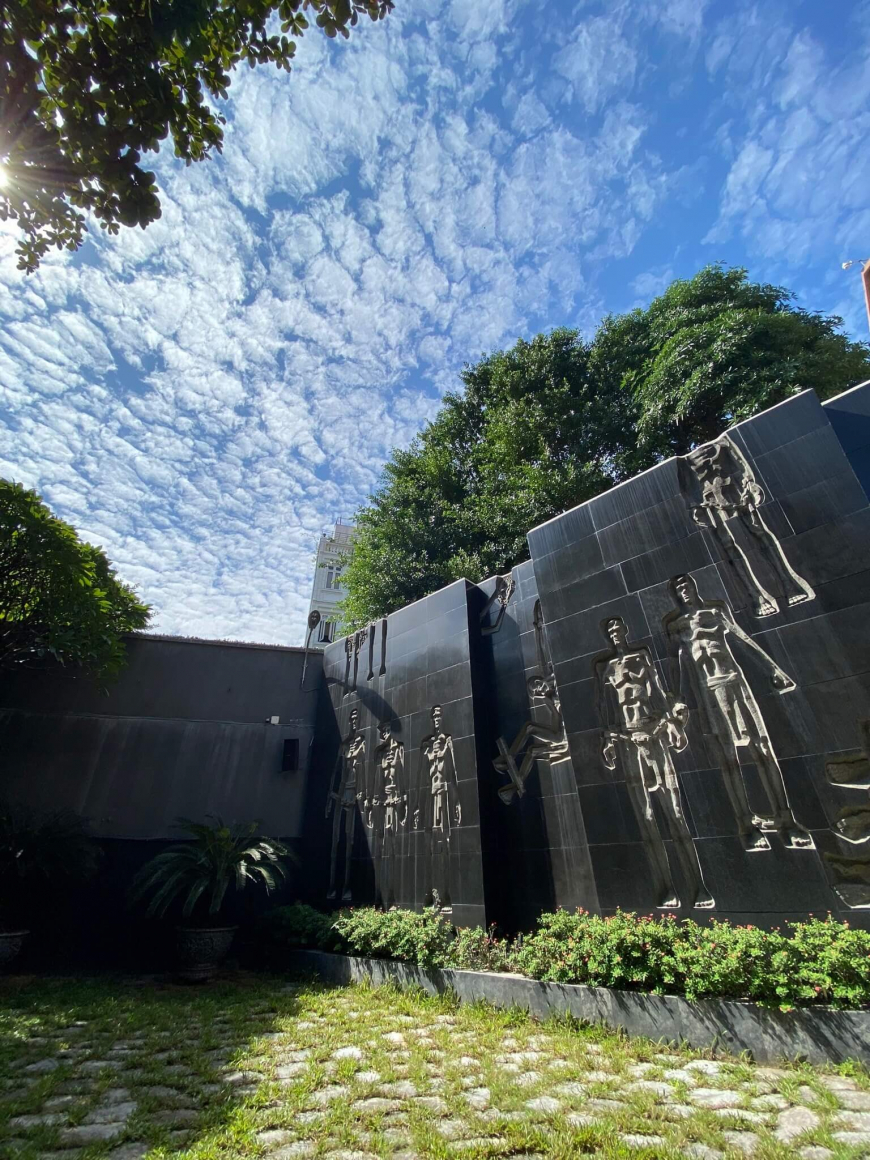
Source: Facebook - Di tích Nhà tù Hỏa Lò - Hoa Lo Prison Relic
After the tour, visitors will be offered a cup of tea, a pastry and a jello made from Bang leaves to refresh the emotion.
